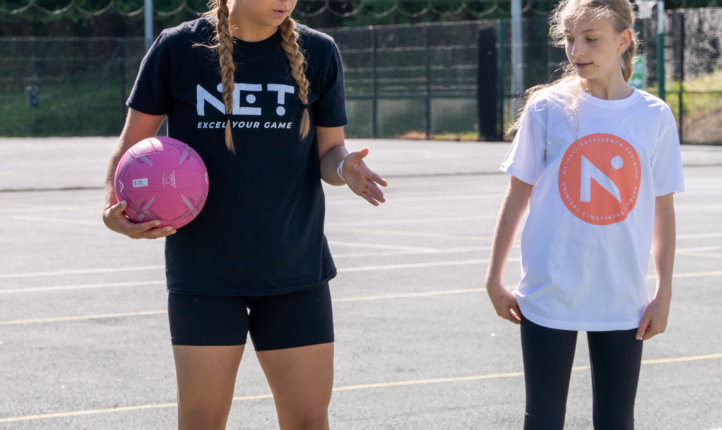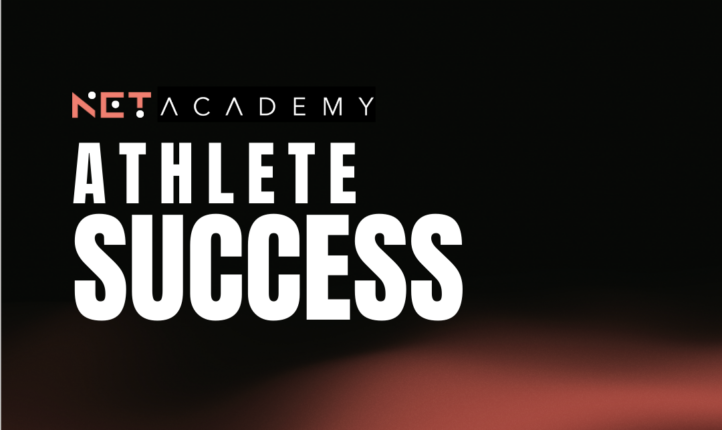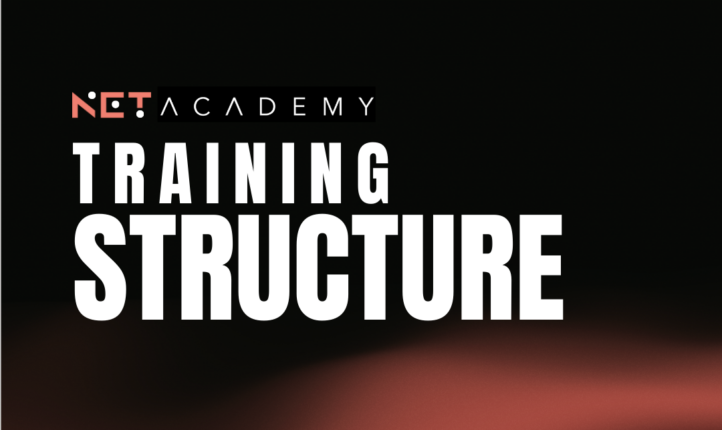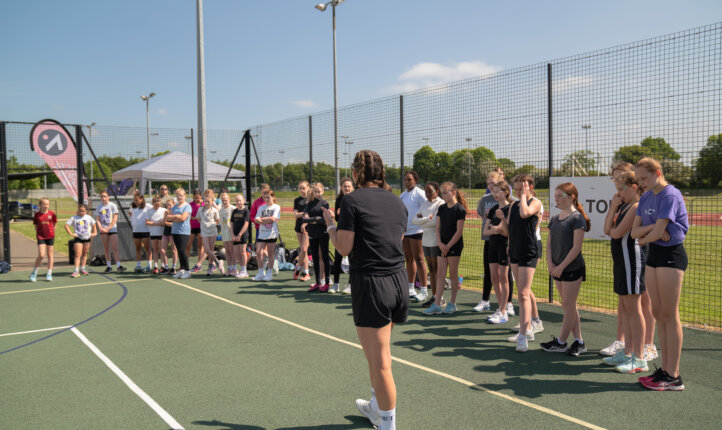October 27, 2021
What happens when you follow a sport specific programme? Copy
For years I would religiously use the gym in the only way I knew how. It usually started with 15-20 minutes on the treadmill, then I would make my way upstairs and do a few squats on the Smith machine (I was too scared to use the bar) then I’d come down to the mirror and complete 10-15 minutes of an ‘ab’ workout I’d found online and that would be me done.
I’d do something different every time I entered the gym, I didn’t know how much I was lifting or try to lift any heavier, I didn’t really know the reason behind my exercises other than “Joe Bloggs said it was a good thing to do”. I was satisfied, but it wasn’t until I started to educate myself in my training and started to follow a specific programme to build muscle, strength and power that I really started to see progress in the gym, improved aesthetic appearance and more importantly improvements in my game.
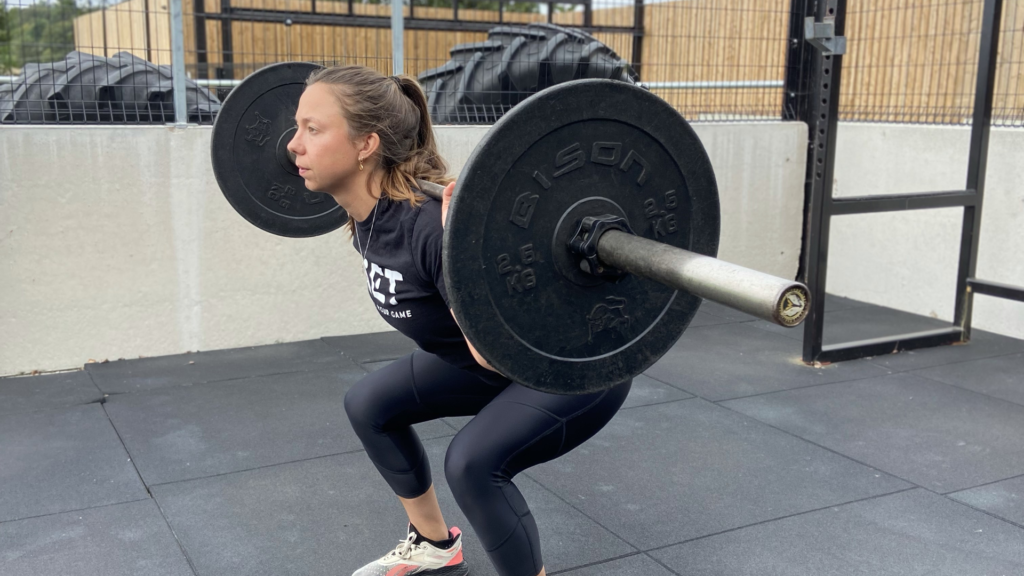
So, how do you build a specific programme. The best answer I can give you is to have a professional coach make one for you. Strength and Conditioning coaches are trained in creating programmes for specific sports so that their clients can improve their game and avoid injury too. Yes, it can be expensive but you will ensure that you are training safely and progressively towards your goal rather than going all in and ending up with an injury form training as a result.
However, if you are looking to just input a little more structure into your workouts and programming there are certain things you should consider if you can only afford to go it alone.
- What are your goals?
If you are training without a specific goal then chances are you are not going to stay committed to your training. If you are looking to progress in your sport you need to shift your mindset away from aesthetic goals such s fat loss or ‘I want to see my abs’ as these are generally not very motivating as they are hard to measure and see progress. Instead you should think about setting sport specific goals. Try to find goals for each of the following categories: one for the future (for example making an NPL squad), one for the game (for example winning most of the rebounds) and one for the gym (being able to complete a single leg squat). Making your goals more specific and more achievable will mean you are more likely to keep going until you achieve them.
- What are the demands of your sport?
When you are training with an aim of improving performance in a sport, it is important that you complete exercises that are specific to the movements you are going to be expected to use in a game. You should also include exercises that will help to support sudden movements in a game to help you to avoid injury. For example, in netball you are expected to change direction at speed and land with impact multiple times throughout the game, therefore you should make sure your weekly programming has regular landing practice, agility work and single leg strength training (unilateral) to support all of these muscles and movements.
- How does it fit around your training schedule?
Sometimes the biggest factor putting you at risk of injury is overtraining. If you are forcing your body to work at a high intensity all of the time and not giving it much time to recover, something will eventually give and usually it’s a torn muscle, ligament injury or something more serious. In order to help avoid this you need to be aware of the strain your sport training has on the body and think about how you can use the gym to support this training rather than go against it. For example, if you train twice a week for 2 hours at a time and play 1 game, that is already around 4 hours of high intensity load on your body. So adding to that with 3 gym sessions, a run and a class probably isn’t going to do you any favours. My biggest tip is to sit yourself down at the weekend and plan out your sessions. First prioritise your training sessions, then add a strength and injury prevention session, then add a recovery session before you even think about adding anything else in.
- How are you resting and fueling your body to meet the demands of your training?
Similar to how training overload can cause injury on your body, so can lack of recovery. Recovery is so important to allow your muscles to not only rest but to also mend and adapt to the changes you have forced on them in your training. Recovery doesn’t just mean a foam rolling or stretching session every now and then, but it also means making sure you are eating enough calories, getting enough (and the right type of) protein, sleeping, allowing time to switch off, mobilising and so much more. Make sure that recovery is just as big a part of your weekly schedule, you’ll thank yourself for it!
- How are you using progressive overload to see progress?
Progressive overload is what helps your body to adapt. It works by adding extra pressure or stresses on your body (whether that’s your muscle or your cardiovascular system) to help force your body to adapt and change – getting stronger and fitter as a result. If you use progressive overload effectively, you can begin to see massive improvements in your progress and performance even when keeping the same programme. You should look to progress your programmes every 4-6 weeks or once you start to see a plateau in your results. It can be as simple as; adding more weight, adjusting your rep count, adjusting tempo, or changing and adapting exercises.
When it comes to planning your week in the gym, make sure to keep these in mind to help you to see the best results from your sessions.
If I have got you thinking about your own progress and progression in your sport, why not get in touch. NET offer strength and conditioning programming for individuals at any stage of their playing journey. Just send us a message using the form below for more details.







